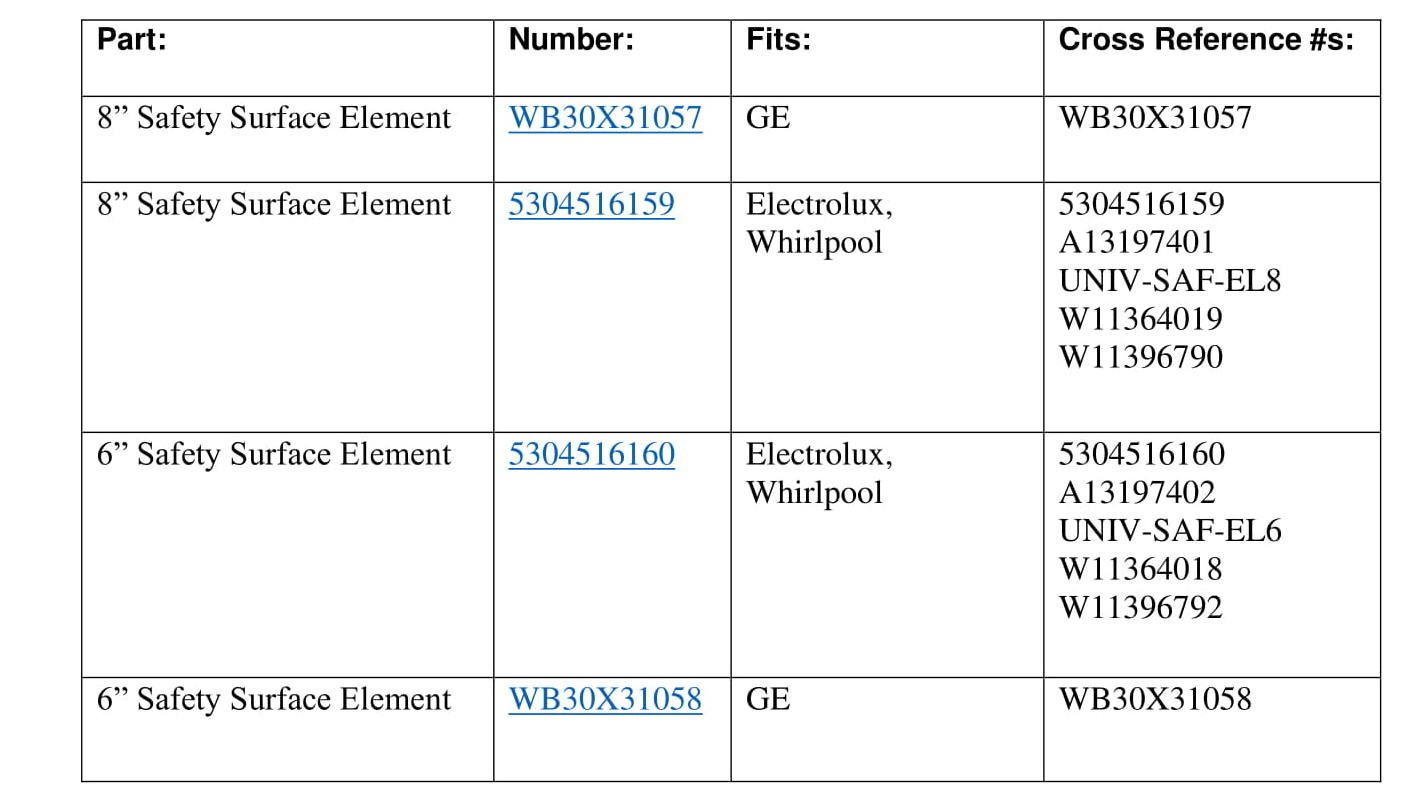Oven Safety Surface Elements
24th Jun 2021

Safety Surface Elements
Cooking accidents cause half of all house fires in the United States, as well as about a third of all nonresidential building fires, according to statistics collected by the U.S. Fire Administration . Besides the immediate risk of injury and loss of life, fires can incur great monetary costs in property damage.
Furthermore, accidental fires can lead to lawsuits. If a fire does damage, you or your company may be held responsible if you have not done your due diligence to prevent it. Implementing safety devices as a preventative measure therefore not only reduces the risk of accidental fires, but also reduces your potential liability if a fire does occur.
Most commercial kitchens are already equipped with some form of fire suppression system (which should, of course, also be inspected and changed on a regular basis). The problem with cooking fires is that they tend to be explosive. Oil and grease fires burn hot, spread fast, and are hard to put out. As a result, the vent hood system will not necessarily stop fire from spreading beyond the range oven or cooktop to other fuel sources in the room. Furthermore, a sprinkler system will cause significant water damage, reducing the short-term danger but adding to the long-term costs. Therefore, the safest—and most cost-effective—fire safety strategy is one of prevention.
Fire Safety Devices: Safety Surface Elements
Because prevention is an effective way to reduce human and monetary costs of accidental fires on a large scale, U.S. regulation requires all new coil top ranges to have temperature-limiting mechanisms to prevent cooktops from getting too hot and causing a fire. (See UL Standard 858 and UL Standard 1030.)
Safety burner units function much the same way as any other tubular heater/Calrod element.
New safety units have a silver medallion with a button sensor in the center of the coil. The button contacts the bottom of the pan in order for a thermostat to accurately sense its temperature. When the thermostat senses a pan temperature above the safe limit, the element will shut off automatically until the pan cools to a lower, safe temperature. Then, the element will automatically resume heating.
The automatic shutoff will not affect everyday cooking, as it is temporary and only happens at very high temperatures. By constantly monitoring the temperature and automatically preventing the stove from reaching unsafe temperatures, a safety burner unit significantly reduces the chance of human error or negligence leading to a fire.
Costs and Benefits
Safety surface elements are more expensive than a traditional burner eye with no built-in safety features—and they are worth every penny. With the cost of implementing safety measures comes the reward of security. To quote the entrepreneur Stelios Haji-Ioannou: “If you think health and safety is expensive, try an accident.” Or, as our own Ken McCombs III says: “There’s no accident in safety.”
Note: Property management should be consulted before implementing fire safety prevention equipment. Be sure that they understand the risks of accidental fires and the benefits of taking preventative measures, because they are the ones who will be held accountable in the event of a fire.
ERP Safety Surface Elements
Fortunately, ERP produces safety elements at a much better value than buying from the stove manufacturer. They are excellent quality and are UL listed, meaning that they meet the UL’s safety requirements. These parts will replace older elements that don’t have the necessary safety features.
Here at McCombs Supply Co. Inc., we stock the following units from ERP:

8” Safety Surface Element WB30X31057
8” Safety Surface Element 5304516159
6” Safety Surface Element 5304516160
6” Safety Surface Element WB30X31058
